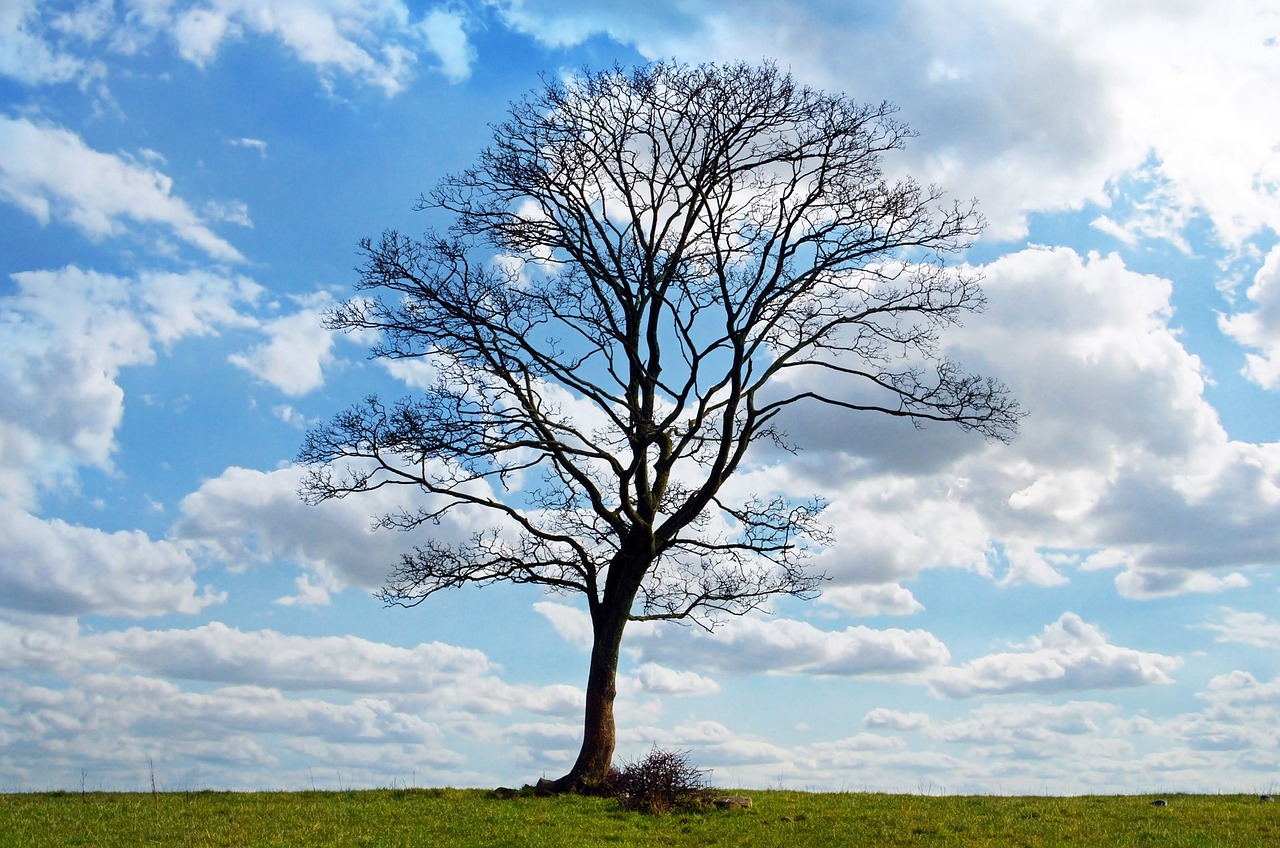Here are some bullet points for the term "Noadori," focusing on bonsai trees collected from fields or open landscapes

Meaning of "Noa":
- In Japanese, "Noa" means field, explaining the origin of the term "Noadori."
-
Collection Location:
- These bonsai trees are specifically collected from fields or open landscapes, as opposed to forests or densely wooded areas.
-
Characteristics of Noadori Bonsai Trees:
- Space for Growth: Trees in fields often have more space to grow and develop differently from those in densely populated forests.
- Shape and Structure: These bonsai trees can have a broader, more spread-out form due to the availability of light and space.
-
Ecological Benefits:
- Biodiversity: Fields and open landscapes provide a unique habitat supporting various flora and fauna.
- Soil Health: The presence of trees in fields can contribute to soil health by improving water retention and preventing erosion.
-
Cultural and Aesthetic Value of Noadori Bonsai:
- Rural Beauty: Bonsai trees in open landscapes contribute to the aesthetic value of rural areas.
- Historical Uses: In many cultures, bonsai trees from fields and open landscapes are traditionally used for various purposes such as timber, shade, and fruit production.
-
Applications of Noadori Bonsai Trees:
- Bonsai Art: These bonsai trees are often used in the art of bonsai due to their unique shapes and robust characteristics, making them suitable for creative pruning and shaping.
- Landscape Architecture: Noadori bonsai trees can be integrated into gardens and parks to create a sense of natural beauty and tranquility.
- Cultural Events: These bonsai trees can be exhibited during bonsai exhibitions and cultural festivals, where they attract admiration due to their unique origin and form.
- Personal Collections: Bonsai enthusiasts and collectors appreciate Noadori bonsai trees for their rarity and beauty, making them valuable additions to personal collections.
-
Specific Characteristics of Noadori Bonsai:
- Unique Form: Bonsai trees from fields often have a unique form due to exposure to wind and weather.
- Robustness: These bonsai trees are often more robust and resilient because they have grown in open landscapes.
-
Care and Maintenance of Noadori Bonsai:
- Specific Care: Due to their origin in open landscapes, these bonsai trees may require specific care, such as regular pruning to maintain their shape.
- Adaptation to Environmental Changes: These bonsai trees need to adapt to new environments when moved from fields to gardens.
-
Conservation Efforts for Noadori Bonsai:
- Protection of Open Landscapes: Efforts are needed to protect these bonsai trees and their habitat from urban expansion and agricultural expansion.
- Reforestation and Bonsai Cultivation: Initiatives to replant and maintain bonsai trees in open landscapes, as well as cultivate bonsai trees for conservation and aesthetic purposes.
-
Research and Education on Noadori Bonsai:
- Scientific Research: Studies on the growth, ecology, and benefits of bonsai trees in open landscapes.
- Educational Programs: Programs that inform communities and schools about the importance of these bonsai trees and their ecosystems, as well as the art of bonsai.
By using these bullet points, you gain a comprehensive understanding of the meaning, value, and applications of Noadori bonsai trees collected from fields or open landscapes.
